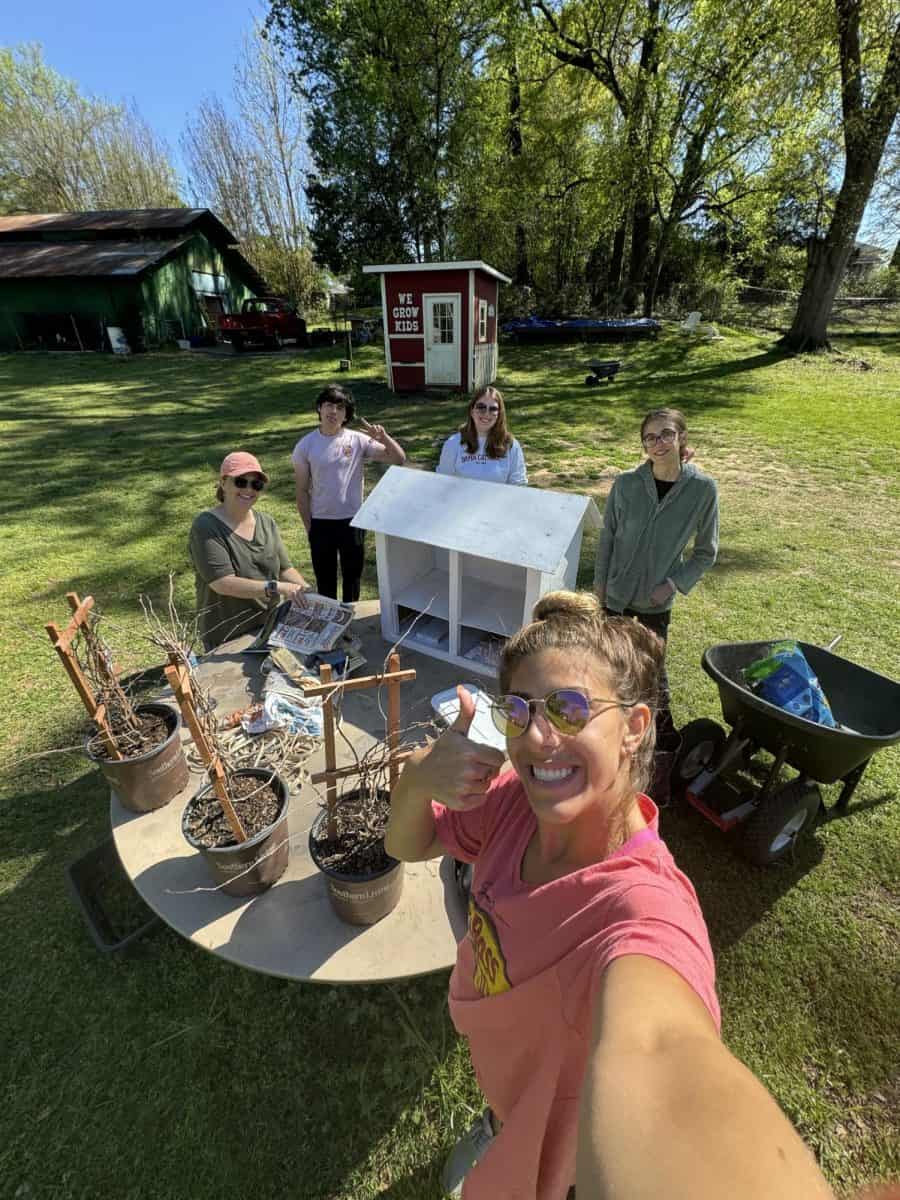After the devastating tornadoes ripped through Tuscaloosa in late April, a film review seems of little consequence. But if we stop and look at director Frank Capra’s “It’s a Wonderful Life,” we may find a meaningful message and find out why movies have value at a time like this. “It’s a Wonderful Life” reminds us that everyone has the opportunity to make an impact on this world, no matter how small the contribution may initially seem. These contributions are often far larger than we could ever realize. George Bailey, the main character in the movie played by Jimmy Stewart, is contemplating suicide, thinking he has failed everyone miserably and wishing aloud that he had never been born. His “guardian angel” Clarence shows him, in a similar fashion to that of Charles Dickens’ “A Christmas Carol,” what the world would be like if he hadn’t been born and that life is worth living. The message of the movie, delivered by Clarence to George, is that he who has friends is rich in spirit. The common belief is that the movie is a wholesome celebration of small-town American virtues, while some have argued that it is a dark, depressing look into modern America’s underbelly. The latter view belongs to cynics, although the former is probably a little naive. The movie shows a world where handshake agreements are honored and loyalty is essential to everyday life. The nightmarish what-have-you-done-for-me-lately world of Pottersville that Bailey briefly encounters isn’t too different from our world today. From the movie, audiences can tell that Capra believes in humans being basically good, the value of unselfish sacrifice and small acts being of tremendous value. “It’s a Wonderful Life” was a career-defining role for Stewart in a sense. He is remembered for his all-American, virtuous qualities, but his acting abilities were most visibly demonstrated in his willingness to explore ambiguities and darker sides of the human psyche. Hitchcock milked it to perfection, but Capra was the first to bring it out of Stewart. Capra insisted on Stewart for the role of George Bailey. A movie producer involved early in the process had wanted Cary Grant. I, for one, am grateful Stewart was given the role and can’t imagine Cary Grant having the same lasting impact. Part of Stewart’s brilliance probably had something to do with his recent return from fighting in World War II. Those on the set said Stewart, having been away from the screen for so long, spent most of the picture working on regaining his confidence. It’s likely he was more willing to explore darker territories because he was vulnerable as an actor. One of my favorite moments in “It’s a Wonderful Life” is near the end when George has experienced the nightmare vision of Pottersville and returns to Bedford Falls. He yells again and again, “Yay!” like a little boy who has just received the greatest gift ever. And, in a way, he has: the gift of life. Ultimately, the message of “It’s a Wonderful Life” is that every individual is vital to a community and being an active member in your community is essential. Author and journalist David Brooks argues that humans are first and foremost social animals. We are defined by our relationships to others. Capra would agree. At this time, maybe we should do what we can to reaffirm our relationships in our community and build new ones.






